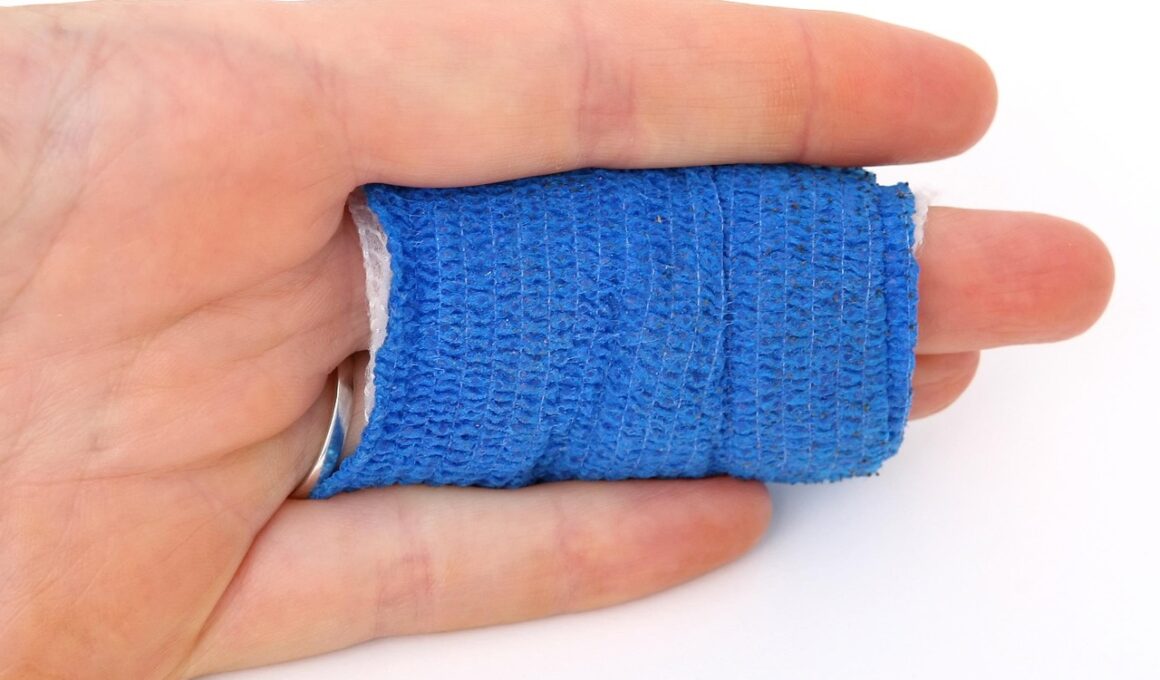What to Do When Your Cat Has a Broken Bone
When you suspect that your cat has a broken bone, staying calm is essential. First, observe your cat for symptoms such as limping, swelling, and reluctance to move. Additionally, check for signs of pain, which may include sensitivity when touched. If your cat is vocalizing or avoiding contact, these could be clear indicators of injury. Handling a cat in pain requires patience and care, as sudden movements may cause more harm. It’s crucial to secure your cat and prevent it from moving around too much, like placing it in a confined but comfortable area to avoid further injury. Remember, never attempt to stage a diagnosis on your own; professional evaluation is key. If your cat shows severe distress or if you notice an open wound or excruciating pain, seek emergency veterinary care immediately. When transporting your cat, do so gently, and consider using a carrier as it will provide a stable environment. Being aware of your cat’s normal behavior can also aid in recognizing when an injury occurs, allowing for timely intervention and treatment. Keeping a watchful eye on your feline friend is instrumental in ensuring sufficient feline health.
After ensuring a safe environment and confirming the need for professional help, preparation is critical when you take your cat to the vet. Gather important items such as your cat’s medical records, any medications, and a favorite blanket or toy that can provide comfort during the visit. Being familiar with your cat’s history and recent behavior can also be beneficial, as this information helps the veterinarian diagnose the issue more accurately. Communication with your veterinarian is vital; describe the symptoms you’ve noticed and any traumatic events that might have caused the injury. The vet may perform various examinations, including X-rays, to determine the extent of the fracture. Follow-up care is often essential after a diagnosis, so ask questions about the best care methods post-treatment. Such follow-ups can include medication for pain relief, scheduling further tests or consultations, and advice on how to monitor the healing process effectively. Additionally, always have contact information for an emergency veterinary service at hand, as sometimes immediate help may be needed after hours. Remember that recovery can take time, requiring a lot of patience from both the owner and the feline patient.
Recognizing Symptoms of a Broken Bone
Understanding the signs of a fracture in your cat is critical for timely care. Some common symptoms to note include favoring a limb, not using the injured leg, and visible swelling or deformity near the joint. Your cat may also exhibit behavioral changes, leading to increased aggression or hiding due to pain. Sometimes, cats can be surprisingly stoic, showing few overt signs of injury, thus making careful observation crucial. It’s important to examine your pet without causing stress or discomfort, so approach your cat gently. If possible, provide a comforting environment while assessing the situation. If you can safely observe the former activity levels and habits, it may become easier to determine a change that correlates with the injury. Paying attention to how your cat behaves around the house might reveal critical information regarding the timeline of events leading to the injury. Look for signs such as limping or whining, as they can provide clues. Ultimately, any observable change in behavior should prompt further examination by a veterinarian, ensuring that your furry friend receives the proper diagnosis and treatment as soon as possible.
In cases of suspected broken bones, providing immediate first aid is essential until professional help arrives. If your cat is calm enough, try to keep the injured area immobilized as best as possible. You might want to apply a makeshift splint to stabilize the limb, but take care not to cause additional pain. Many owners find using gauze pads or bandages can help gently wrap the area without restricting circulation. During this time, monitor your cat closely and remain as gentle as possible to avoid distress. Offer soothing words and an environment free from loud noises, which can exacerbate anxiety during such a stressful time. If your cat is unable to move or is displaying severe pain, avoid forcing it to walk; carry it in a secure manner by supporting the body while keeping it covered lightly with a blanket. While transportation to the clinic is needed, make the trip as stress-free as possible. Maintain a calm demeanor to help reassure your pet during this timeframe. Remember that a calm owner can help create a sense of stability, promoting a better outcome for you and your cat. Focus on immediate care before reaching the vet.
Veterinary Diagnosis and Treatment
Your veterinarian will conduct a thorough examination upon arrival for a suspected bone fracture. Diagnostics may include a physical exam and X-rays to determine the type, location, and extent of the injury in your cat. The treatment prescribed will depend heavily on these findings; fractures can vary greatly from minor to complex, requiring different treatment approaches. For stable fractures, a vet might opt for a cast or splint; in cases of more severe fractures, surgical intervention could be necessary. Pain management is paramount, ensuring your cat is comfortable during this healing period. It’s also important to closely follow your vet’s recommendations regarding medications and aftercare. Discuss the healing timeline, signs to watch for during recovery, and any exercise restrictions to ensure a smooth healing process. Regular veterinary follow-ups may be needed to monitor your cat’s recovery and confirm proper healing. Educating yourself about the recuperation process can support your cat during recovery—as the timeline may involve weeks before your feline is back to its regular activities. Stay attentive to any changes and always reach out for help if something seems amiss.
During recovery, be aware of how to adjust your home environment for your cat’s comfort as it heals from a broken bone. First, limit your cat’s access to stairways or high places where further injury could occur while healing. Create a single, safe space with minimal hazards, providing comfortable bedding to ensure your cat can rest easily. Consider using baby gates to block off areas that pose a risk, particularly if your feline is accustomed to exploring. Offer food and water close by to dissuade excessive movement; this will help alleviate stress on its body. Additionally, keep your cat entertained with soft toys or interactive puzzles that encourage minimal motion. Assure quiet surroundings to facilitate healing, as too much stimulation can hinder recovery. Consider gentle interactions only during this period to foster trust and comfort within your pet. Remember to administer medications on time, helping to manage discomfort effectively. A watchful eye will help detect any complications such as swelling or discomfort that could indicate improper healing. Overall, a well-thought-out living arrangement can significantly enhance recovery by providing a soothing atmosphere.
Long-term Considerations
After your cat has healed from a broken bone, consider it essential to monitor for any long-term health implications. Sometimes, previously injured areas can lead to joint issues or arthritis later in life. Engaging in discussions with your veterinarian about preventative care can help maintain ongoing health and wellbeing for your feline friend. Regular check-ups can enable your vet to address any emerging issues related to the initial injury. Moreover, consider adjusting your cat’s activity levels post-healing to prevent potential strains caused by returning to old habits too quickly. Gradually reintroducing physical activity can help strengthen the affected area while being mindful of limitations. Providing joint supplements may also benefit overall mobility and ensure their ongoing comfort as they age post-injury. Keeping your home environment cat-friendly is crucial as well, ensuring minimal hazards remain for your feline to navigate. Observe for behavioral changes as your cat adapts back into routine activities. Lastly, regular enrichment and fine-tuning diet considerations can support desired fitness levels and overall health, as ensuring your furry companion thrives after recovery should always remain a priority.
Learning about first aid for pets is a valuable component of pet ownership. Prepare yourself by gathering resources such as books, articles, or online courses related to pet health and first aid. Familiarize yourself with signs and symptoms for various conditions and ailments to better recognize when to seek veterinary assistance. Attending workshops or community classes on pet care can also be beneficial. Additionally, establishing a routine vet check-up schedule can help ensure your pet is frequently evaluated to maintain overall health. Part of this preparation involves remaining calm in emergencies, establishing a clear plan for transportation to the vet, and having a first-aid kit ready. By arming yourself with essential knowledge and tools related to first aid, you become an informed pet owner capable of acting quickly when injuries occur. Knowing what to do in advance fosters a supportive environment and can lead to better outcomes for both you and your cat when accidents happen. Remember, your four-legged friend relies heavily on you, and taking proactive steps for education in this area holds powerful benefits.


